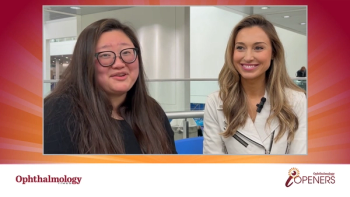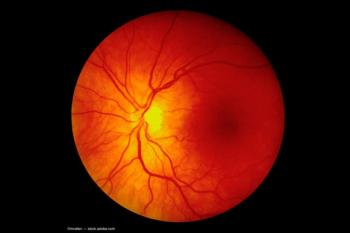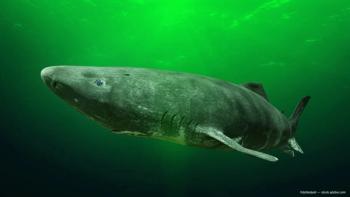
Latest low-vision aid offers advantages over implantable miniature telescope
The FIT device requires a 4.5-mm incision for implantation, making it easier to implant than IMT, which needs a 10-to 12-mm incision.
With the loss of central vision, patients have to rely on their peripheral vision, which limits their movements to familiar surroundings. To read, they have to use handheld magnifiers, electronic equipment, or reading telescopes, which can limit the visual field, noted Dr. Peyman, professor of ophthalmology, University of Arizona Health Science Center, Tucson, AZ. One of the most recent concepts to help patients who are legally blind from bilateral AMD was the implantable miniature telescope (IMT), developed by Isaac Lipshitz, MD, and other investigators of VisionCare Ophthalmic Technologies Inc. in 1997. This device is essentially a Galilean telescope encased in glass that measures 4.39 mm in length and has a 3.0-mm base diameter, Dr. Peyman said.
"After lens removal, it is implanted in the posterior capsule of one eye and provides permanent 3× magnification at a distance of 50 cm," he said. "This lens has been very encouraging. More than 90% of patients have improved reading ability. The researchers should be congratulated for this achievement."
While the IMT does offer patients the ability to read, there are some functional drawbacks, including the sacrifice of peripheral visual field for magnification, possible aniseikonia, and the inability to examine or treat the peripheral fundus. The device also requires a 10-to 12-mm corneal incision for implantation. Postoperative complications have involved 25% endothelial cell loss, as reported by Paul Sternberg, MD, and explantation of the device in six of 40 cases was reported by Jorge L. Alio, MD.
In 1988 Dr. Peyman and colleagues presented the concept of a teledioptric lens system, which consists of a posterior IOL with a high-minus central zone and special spectacles with a plus lens. When the patient wants full peripheral vision for distance, no spectacles are needed. For reading, the patient wears the special spectacles, which "convert the centrally located lens into a Galilean telescope with 2.4× magnification," Dr. Peyman said.
Recently, Dr. Peyman, along with Edwin Sarver, PhD, Donald R. Sanders, MD, PhD, John Clough, and Haden Beatty, have developed the foldable implantable telesystem (FIT, LensTec Inc.), which is about to enter clinical trials outside the United States. This system also requires the special spectacles when the patient wants reading vision with a 3× magnification.
The FIT device offers full peripheral field of vision for navigating in one's environment. The device also provides 3× magnification when required for reading only when used with special spectacles. The FIT requires a 4.5-mm incision for implantation, making it easier to implant than IMT, which needs a 10-to 12-mm incision.
Newsletter
Don’t miss out—get Ophthalmology Times updates on the latest clinical advancements and expert interviews, straight to your inbox.













































